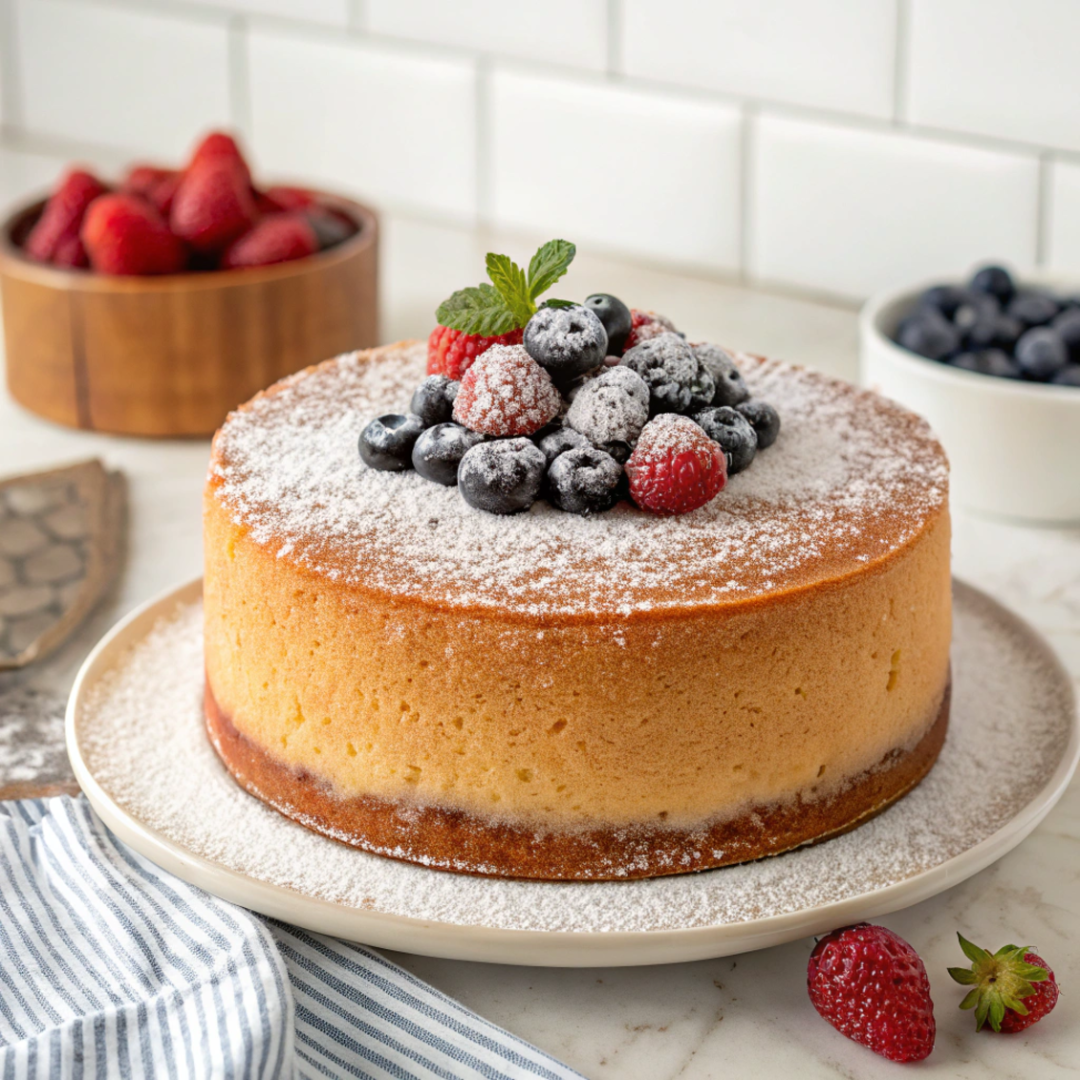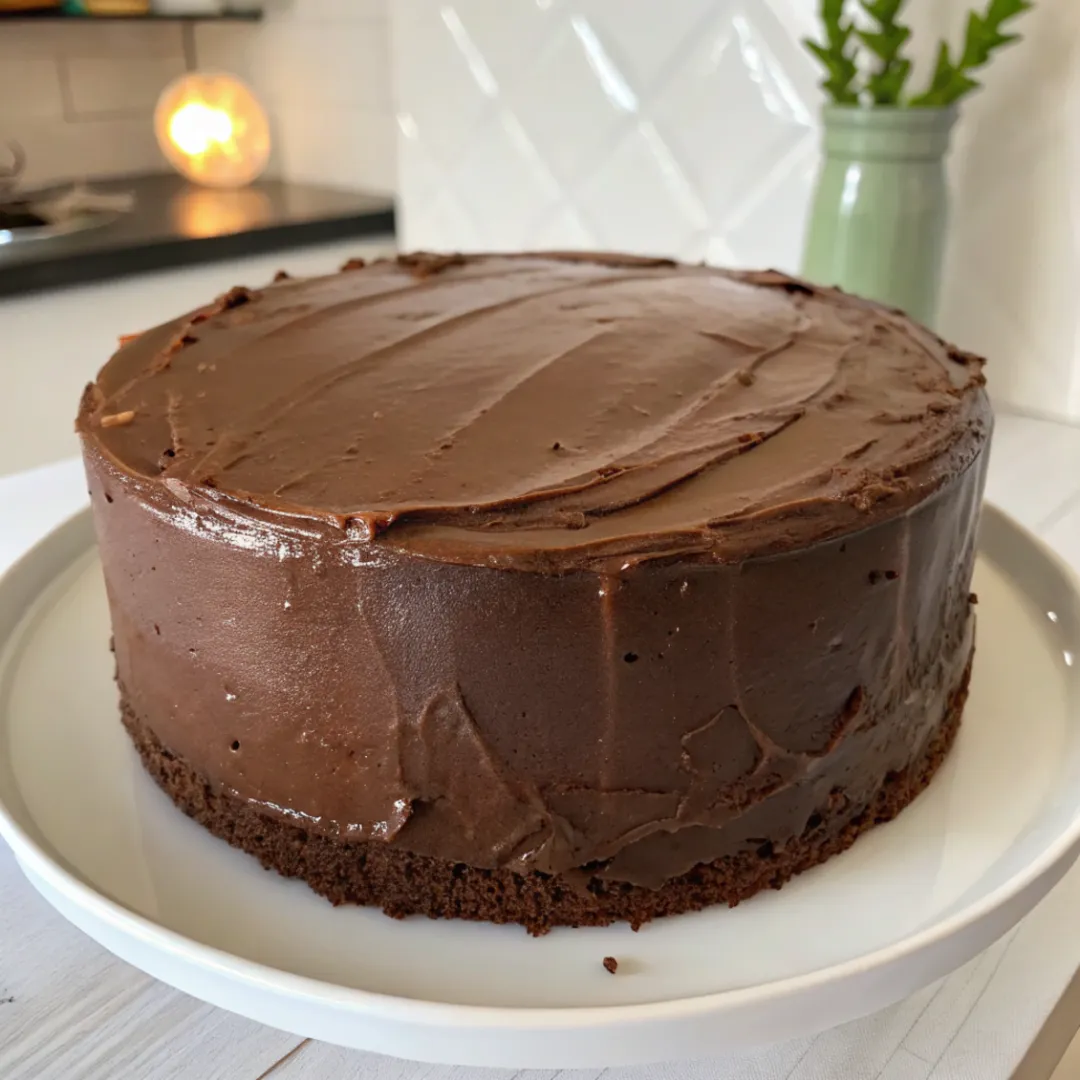🍰 Discover 10 Irresistible Tips for Bakery-Level Moistness at Home!
Introduction: The Quest for the Perfect Moist Cake 🍥
Ever taken a bite of cake and thought, “Wow, this is like a fluffy cloud!” and then tried to recreate it at home—only to end up with something that could double as a doorstop? Yeah, we’ve all been there. But the million-dollar question is: What is the secret to super moist cake?
Whether you’re a home baker or someone who just loves diving into a slice of luscious, melt-in-your-mouth dessert, getting that bakery-level softness isn’t some kind of sorcery. It’s science—and a little kitchen magic.
In this guide, we’re unlocking what is the secret to super moist cake using proven techniques, expert insights, and ingredient hacks you’ll wish you knew sooner. And don’t worry—by the end, you’ll be baking cakes that are so moist and tender, your friends will be begging for the recipe.
Let’s dive in and discover the secrets to making your cakes incredibly moist—every single time! 😍
Understanding the Science Behind Super Moist Cakes 🧪
Why Moisture Matters in Cakes 🍮
Moisture is the heartbeat of any good cake. When someone asks, “What is the secret to super moist cake?,” what they’re really asking is: how can I lock in moisture without ending up with a soggy mess?
Moisture affects everything from flavor and texture to how long your cake stays fresh. A moist cake melts in your mouth, feels luxurious, and leaves a lingering satisfaction long after the last bite.
Dry cakes, on the other hand? Not so much.
Water alone isn’t enough. Moisture in cakes is all about fat, sugar, and the right baking method. It’s about understanding how to balance ingredients to retain softness, especially once the cake has cooled. Master this, and you’re halfway to the answer to what is the secret to super moist cake.
The Role of Fat, Sugar, and Liquid in Cake Texture 🍯
If cakes had superheroes, fat and sugar would be Batman and Robin. Why? Because these two not only add flavor but also trap moisture and prevent your cake from drying out.
Fats (like oil and butter) coat the flour particles, stopping gluten from forming too much. That keeps your cake tender and delicate.
Sugar holds water like a sponge, which means it keeps your cake soft even days after baking.
Liquid ingredients like milk, buttermilk, or sour cream dissolve the sugar and activate baking agents—creating a smooth, moist crumb.
The answer to what is the secret to super moist cake lies in finding the perfect harmony between these ingredients. Get the ratios wrong, and you’ll either have a greasy mess or a crumbly disaster.
Top 10 Secrets to Super Moist Cakes 🍓 (Yes, These Really Work!)
1. Use Vegetable Oil Instead of (or with) Butter 🧈
Oil vs Butter – What’s the Moisture Difference?
If you’ve ever compared two cakes—one made with butter and one with oil—you may have noticed the oil-based cake was softer, more tender, and stayed moist longer.
That’s no coincidence.
Vegetable oil is one of the top answers to what is the secret to super moist cake. It’s 100% fat, which means it contributes directly to moisture. Butter, while flavorful, contains water, which evaporates during baking. Oil, on the other hand, doesn’t.
So, if you want a cake that’s rich and moist, use:
100% oil for ultimate softness
Half oil, half butter for flavor and moisture combo
Some of the best oils for moist cakes include:
Canola oil
Sunflower oil
Light olive oil (mild in flavor)
Pro Tip: Use oil in chocolate cakes, carrot cakes, and spice cakes for unbeatable moistness.
Best Types of Oil for Baking Cakes 🧁
Not all oils are created equal. While you might be tempted to grab whatever’s in your pantry, using the right oil can make a big difference in your cake’s flavor and texture.
Here are the best oils to use for moist cakes:
Canola Oil: Neutral flavor, widely available
Sunflower Oil: Another neutral choice
Avocado Oil: High in healthy fats, but may be pricier
Light Olive Oil: Avoid extra virgin—too strong in flavor
Coconut Oil: Adds a slight sweetness, great for tropical-flavored cakes
Each of these oils answers part of the bigger question: What is the secret to super moist cake? Using the right oil gives your cake a luscious crumb and extended shelf life.

2. Don’t Skip the Sour Cream or Yogurt 🥄
Why Dairy Ingredients Are Game-Changers 🥛
Ask any seasoned baker what is the secret to super moist cake, and odds are they’ll say: “Sour cream, baby.”
Rich, thick dairy ingredients like sour cream, yogurt, and buttermilk are packed with fats and acids. These help break down gluten strands, resulting in a super soft texture and moist mouthfeel. They also add a subtle tang that balances out sweetness and makes flavors pop.
Benefits of adding sour cream or yogurt:
Adds moisture without thinning the batter
Enhances flavor
Creates a fine, tender crumb
Helps your cake stay moist for days
You can substitute:
1 cup sour cream = 1 cup plain Greek yogurt
1 cup buttermilk = 1 tbsp vinegar + 1 cup milk
Use these in vanilla, lemon, and even chocolate cakes. They’re a surefire answer to “what is the secret to super moist cake.”

When to Use Sour Cream, Yogurt, or Buttermilk 🧃
Choosing the right dairy depends on the cake you’re baking:
Sour Cream: Best for richer cakes like chocolate or pound cakes
Greek Yogurt: Great all-around substitute, adds protein too
Buttermilk: Ideal for airy cakes like red velvet or vanilla
Pro Hack: Combine yogurt and oil for a double punch of moisture. Want to really impress? Add a tablespoon of mayonnaise (yes, mayo!) for incredible softness—trust me on this one.
Remember, dairy is a crucial building block in answering the age-old baking question: What is the secret to super moist cake?
3. Add Extra Egg Yolks for Richness 🥚
Whole Eggs vs Egg Yolks – What’s the Deal?
Eggs play several roles in baking—structure, leavening, color, and flavor. But when it comes to moisture, it’s the yolks that do the heavy lifting.
Yolks are full of fat and emulsifiers, which help bind the batter and retain moisture during baking. Want a luxurious, rich cake that doesn’t dry out? Toss in an extra yolk or two.
In fact, if someone asks “what is the secret to super moist cake,” a wise baker might just wink and say, “More yolk, more glory.”
Use this formula:
Standard cake recipe: 2 eggs → use 2 eggs + 1 yolk
Yellow cake: 3 eggs → use 3 yolks + 1 whole egg
How Eggs Impact Cake Structure and Moisture 🧬
Whites: Give structure and stability, great for fluffy cakes like chiffon or angel food.
Yolks: Add fat, flavor, and richness—ideal for moist, dense cakes.
You can also experiment by folding whipped whites separately for a light yet moist cake—more on that soon!
Adding yolks helps emulsify fat and liquids, leading to a uniform texture and enhanced moisture. It’s one of the most underrated secrets to solving the mystery of what is the secret to super moist cake.

